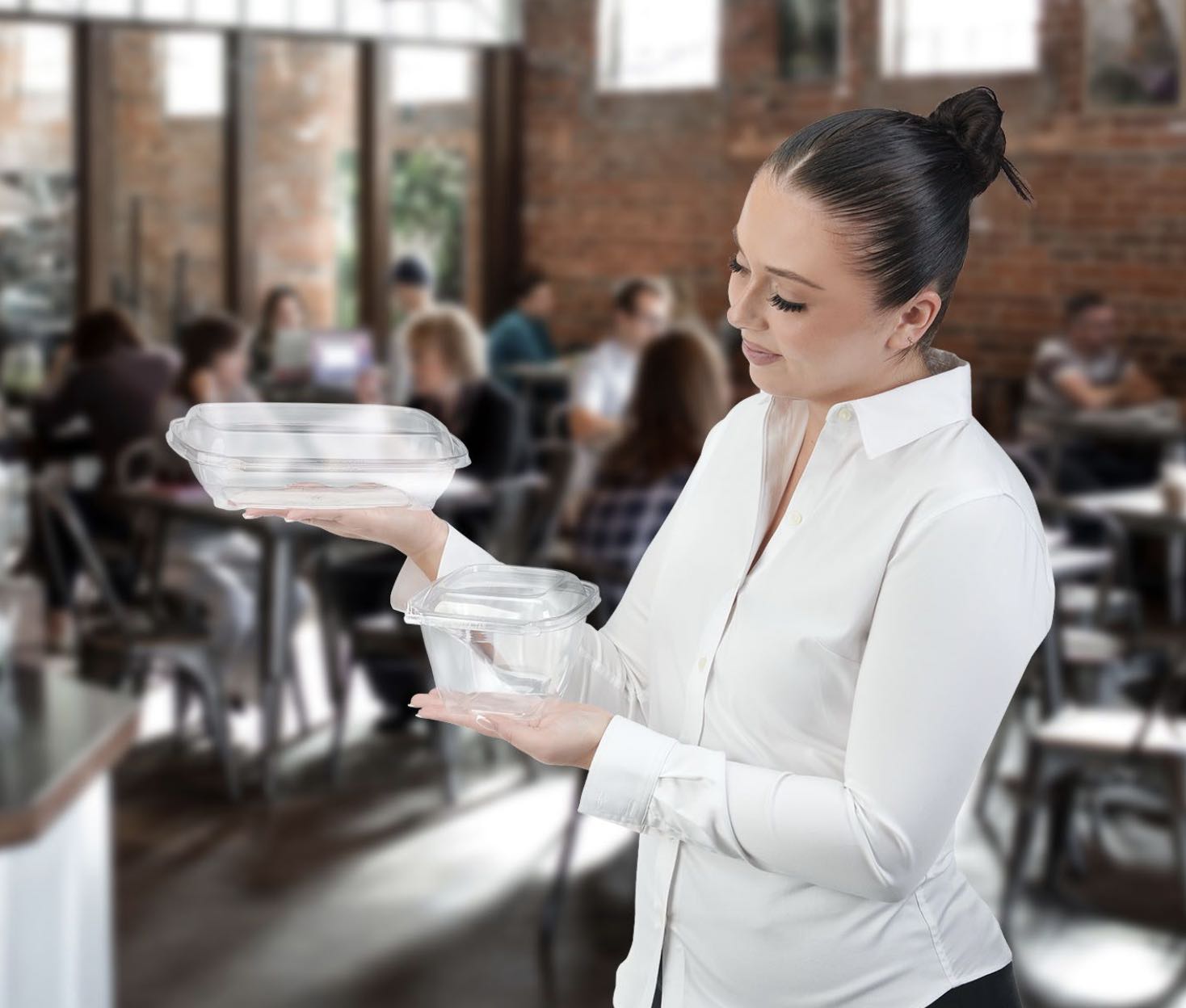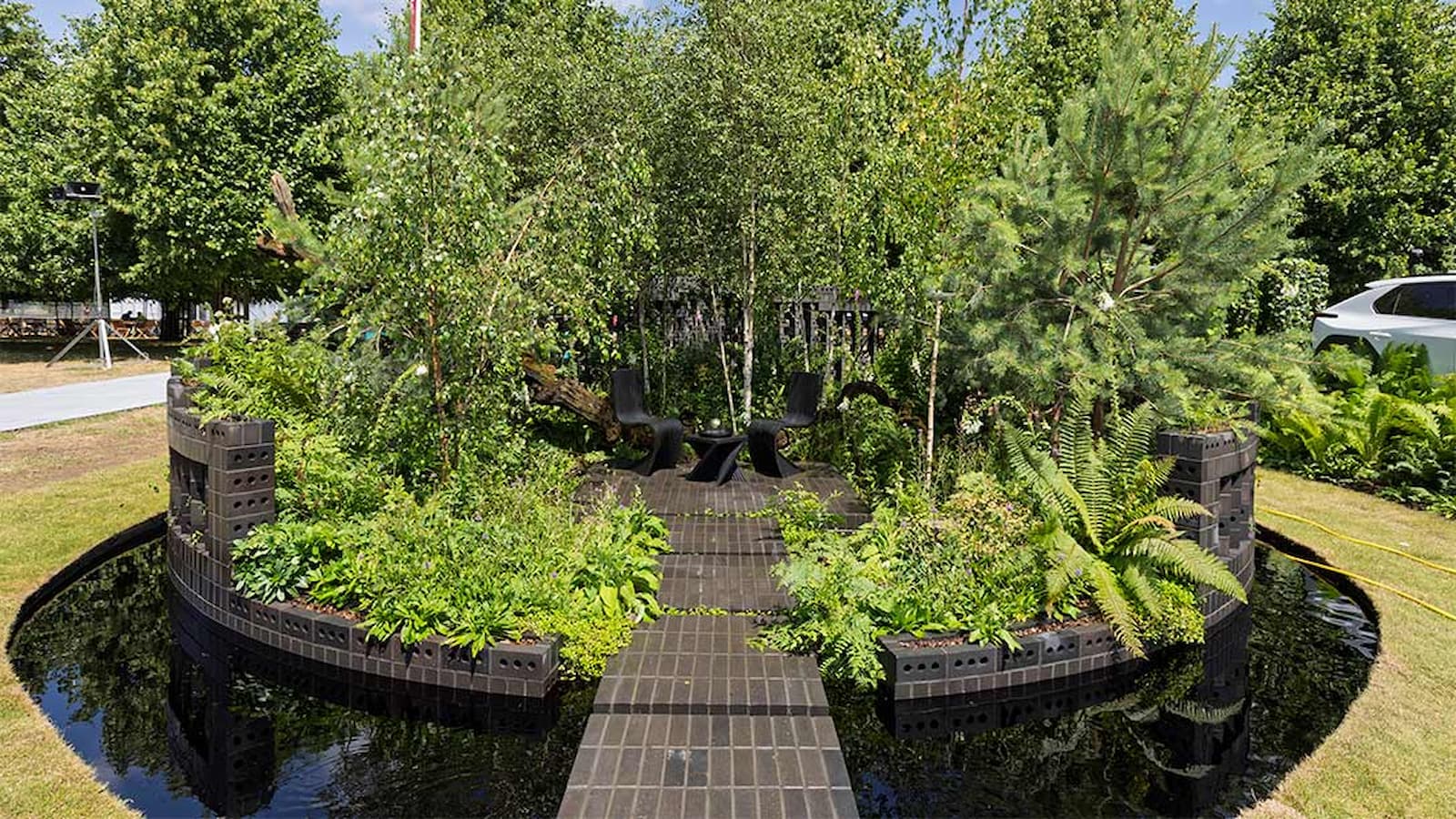fromYanko Design - Modern Industrial Design News
1 month agoOnly 7% of Materials Get Recycled - These 5 Products Were Designed to Fix That - Yanko Design
The circular economy is a sustainable model of production and consumption that aims to reduce waste and extend the life of resources. Unlike the traditional linear system of "take-make-dispose," it promotes a closed-loop approach where materials are reused, repaired, refurbished, and recycled. This model helps conserve natural resources, lowers environmental impact, and supports long-term economic resilience. A recent report indicates that only 6.9% of the 106 billion tonnes of materials used globally each year are recycled.

























